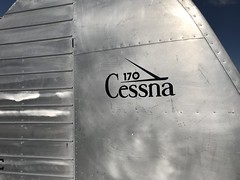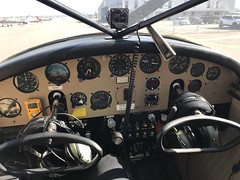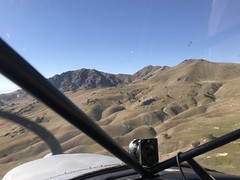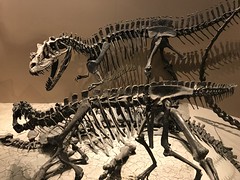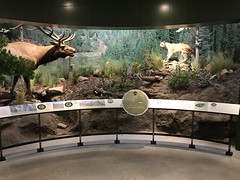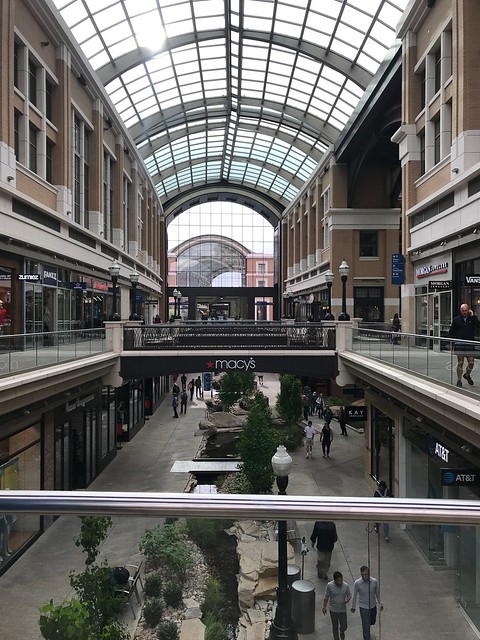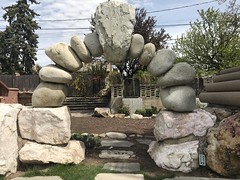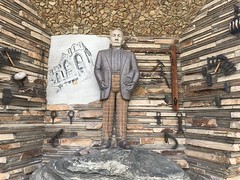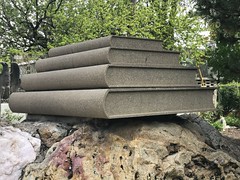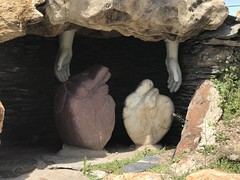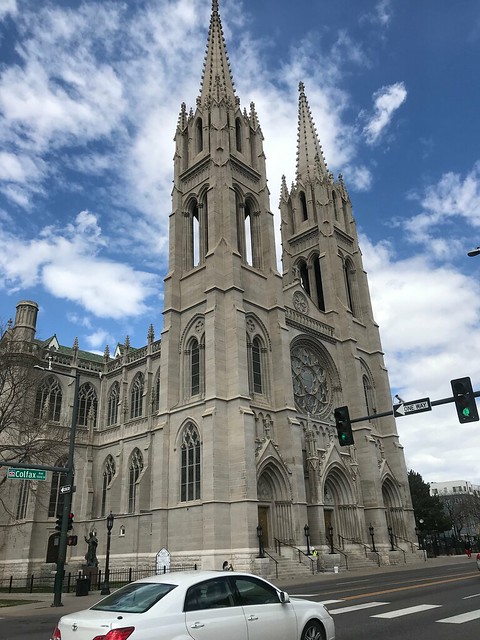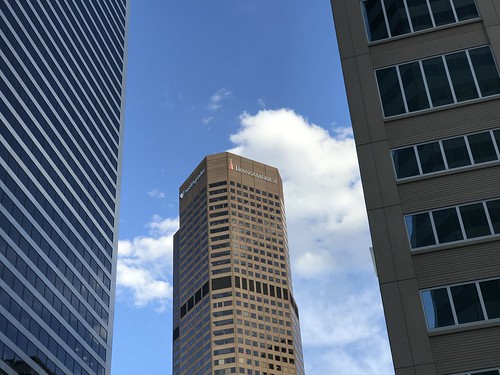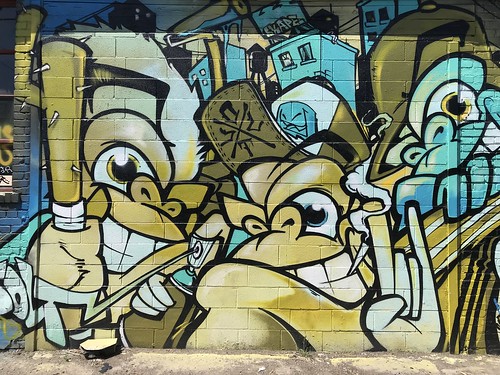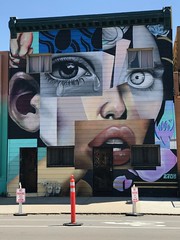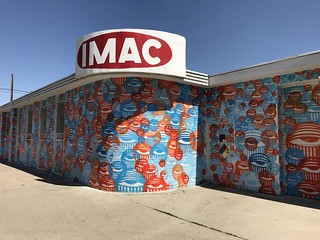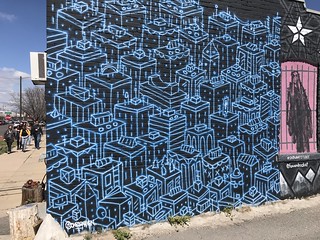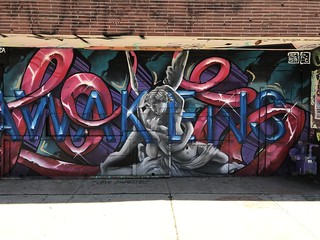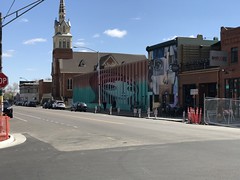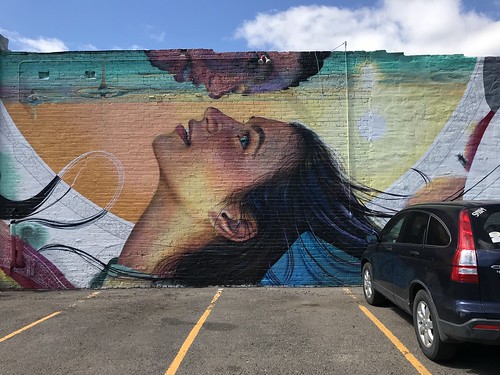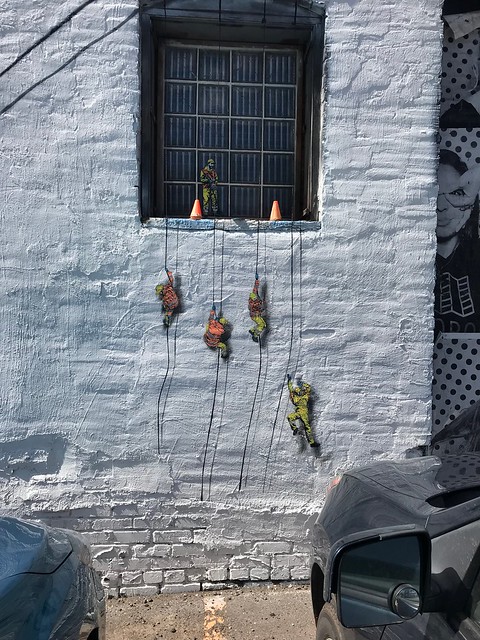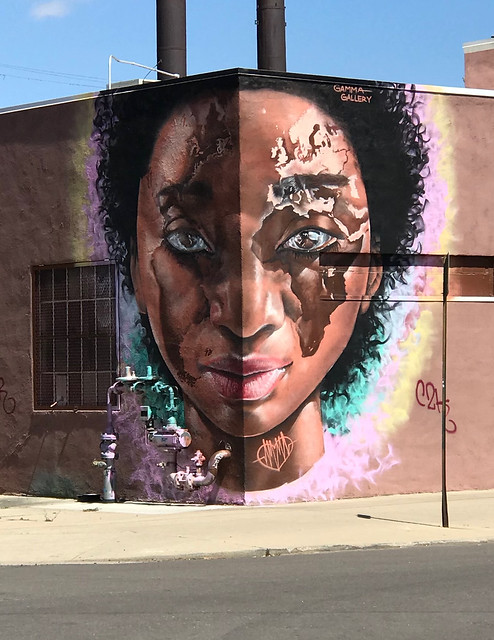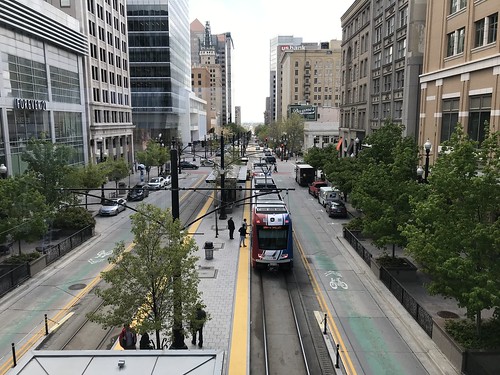
Salt Lake City left me with a burning question: is it really a city? I mean technically sure, but when we think of cities today we typically think of fairly urban places where it’s easy to get around on foot, and the public transportation is at least decent enough to use on a regular basis for commuting.
Before you say “but ‘city’ is in the name!” let me point out that North Korea is technically called “Democratic People’s Republic of Korea.” Names can be a facade to hide a deeper truth.
Salt Lake City is the only city on my trip so far where walking isn’t very practical, and the density is too low for the public transit to get anywhere interesting in a reasonable period of time. (Side note: all public transit in Salt Lake City is run by the state of Utah.) I had to rely on Lyft a couple times, which is not cheap.
Making matters worse almost all of the roads in SLC are extremely wide. I often couldn’t cross a street during the allotted time — and I walk pretty fast.
Someone came up with the world’s worst most insane solution to this problem:
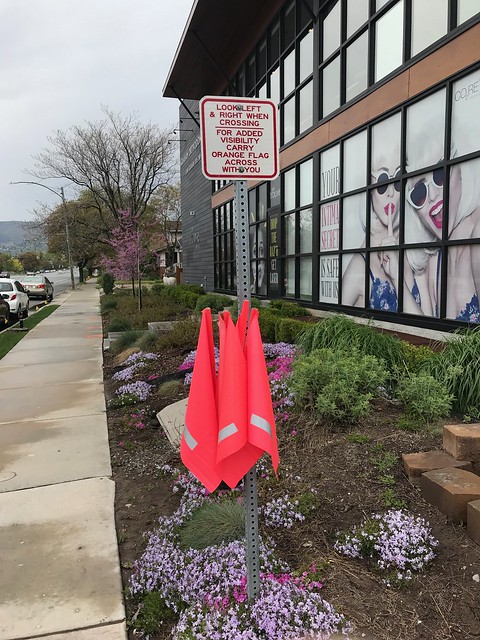
Honestly I thought this was a joke by some clever conceptual artist the first time I saw it, but as I found more of these throughout Salt Lake City the horrible truth dawned on me: these are intended to be taken seriously. What the hell is going on?!
After a couple days of putting up with this I started doing some research. It turned out I’d already listened to (and forgotten about) an episode of 99% Invisible called “Plat of Zion” that goes into the details of how this hostile street layout came into being.
The sentence from the episode that really sums it all up is this one:
Created by Mormon settlers, the grid of Salt Lake was part of an effort to create a spiritual utopia.
Perhaps one shouldn’t turn to religious leaders for urban planning advice.
The only part of Salt Lake City that really seems like a city is the downtown area. That said it’s not a very big downtown, and aside from Temple Square there’s nothing terribly unique about it; just the same chain stores you can find anywhere else. What it does have going for it is good public transit service, which makes it the best part of town to stay while visiting.
So if Salt Lake City isn’t a city, what is it? It’s not a suburb, obviously. Parts of it are downright rural.
I think the answer might be that it’s a city by Utah standards. The inhabited parts of Utah tend to be very rural towns where nothing’s open on Sunday and “shopping” means driving your truck down to Walmart.
The irony is that despite being created by Mormons, Salt Lake City has the lowest percentage of Mormons in the state. So the original plan didn’t make the place any more spiritual, let alone more utopian. On the flip side that means Salt Lake City has plenty of establishments Mormons would never approve of like really good cafes and brewpubs. Cheers to that!


